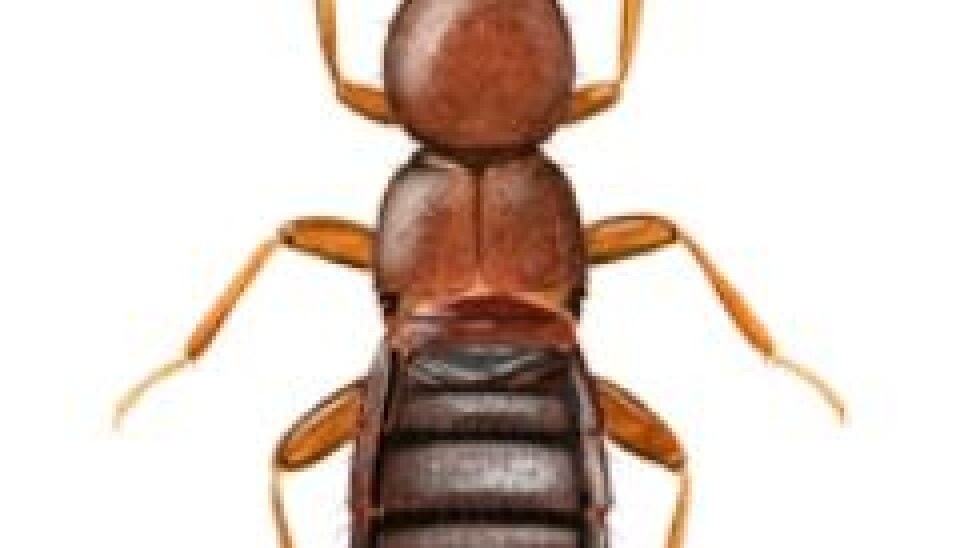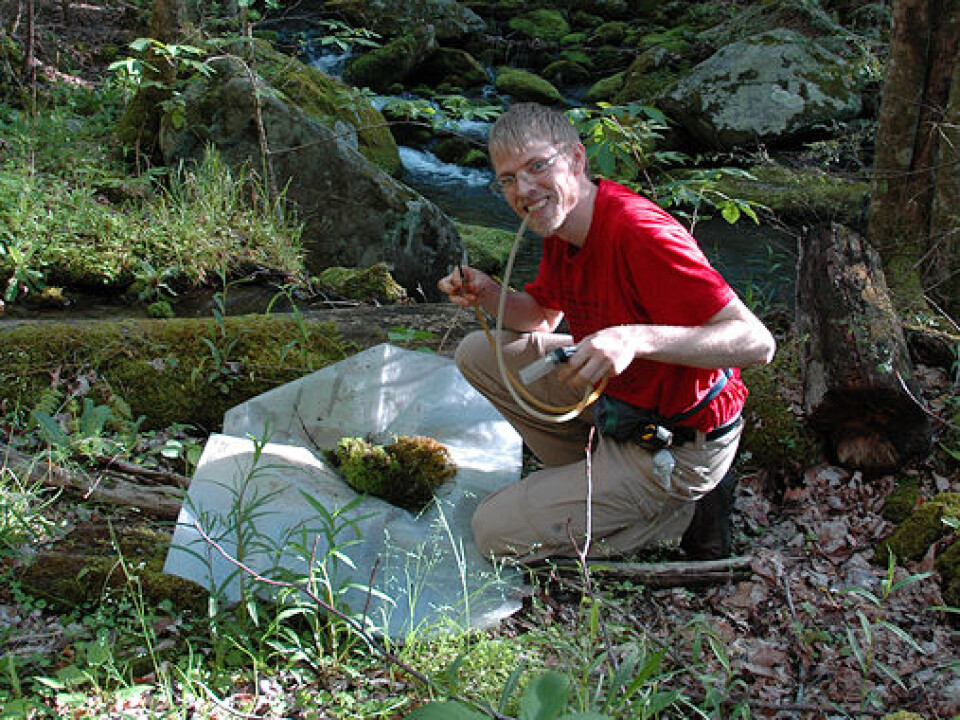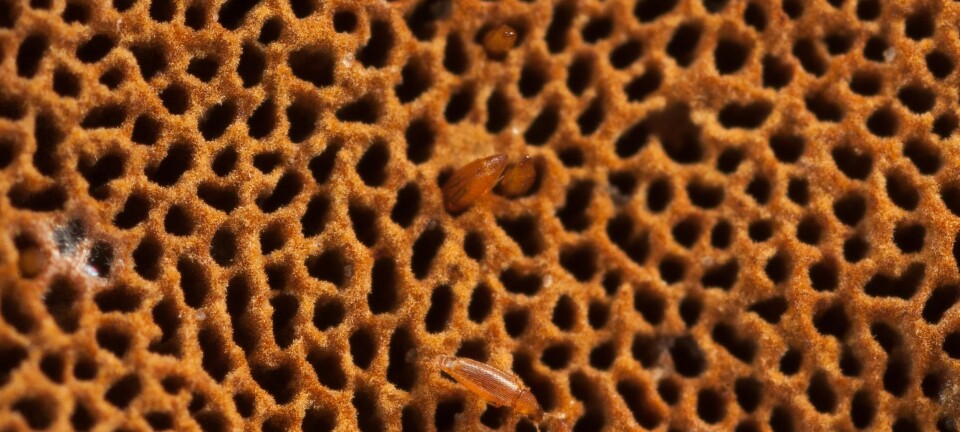
The evolving life of East African beetles
They are distant cousins in more ways than one, the rove beetles of East Africa’s volcanic peaks. Separated by vast distances and confined to high altitudes, they have evolved into separate species.
Denne artikkelen er over ti år gammel og kan inneholde utdatert informasjon.
The topography of East Africa is dotted with lone volcanic peaks that tower over the surrounding plateau, with the tallest reaching 4,000 metres and beyond. They have become a safe haven for species in need of cooler and damper conditions than down at ground level.
Covered by rainforest
Ten million years ago life for these organisms was easier. East Africa was covered by rainforest, and most likely with the same abundance of flora and fauna as we see in today’s rainforests. But then for reasons that are not entirely understood, the climate became drier, and the East African rainforest was replaced by a much drier landscape.
“This naturally created difficulties for species that had adapted to life in the rainforest," says entomologist Hallvard Elven at the Natural History Museum, University of Oslo.
But the landscape here is characterized by isolated cone volcanes, often with great distances between them. They are mountains and they are relatively young. The oldest are about 30 million years old, while the youngest are just a couple of hundred thousand years old.
Colonising the mountains

"For many species, such as the beetles we have studied, the solution was to relocate up the mountainside where the climate was more damp than down on the plateau,” Elven said.
Elven and his colleagues studied flightless rove beetles to explore how the mountains were colonised.
“We had three different hypotheses we wanted to try out. Did the beetles manage to ‘skip’ from one peak to the next, despite their lack of flying skills? Or did they migrate in more damp phases, during a temporary return of the rainforest?”
Similar habitats, separate peaks
DNA analyses of the different beetle species showed that the likely answer was none of the above, but the third hypothesis: the various beetles had a common ancestor, but started to diversify before the climate turned dry.
“As the conditions changed with a drier climate, the diverging beetle species evolved to adapt to similar habitats on separate peaks. But although they occupy the same habitat – albeit on separate summits – two species can still be very distant relatives, with a common ancestor several million years ago,” says Elven.
Plants from Europe and Asia
For the local flora the story is rather different.
“They were also slowly adapting to the new environment, but they had competition from outside. We find plants that originated in Europe and Asia, as well as from more temperate African regions such as the Cape province. The seeds were probably wind-borne."
“Since the conditions further up the mountainside were similar to the temperate climes from which the plants had originated and to which they were already adapted, they had an evolutionary head start on the local flora,” Elven adds.
“This explains why the vegetation is a mix of indigenous plants and plants from farther away, with less difference between the peaks than is the case for the fauna.”
---------------------
Read the Norwegian version of this article at forskning.no
































